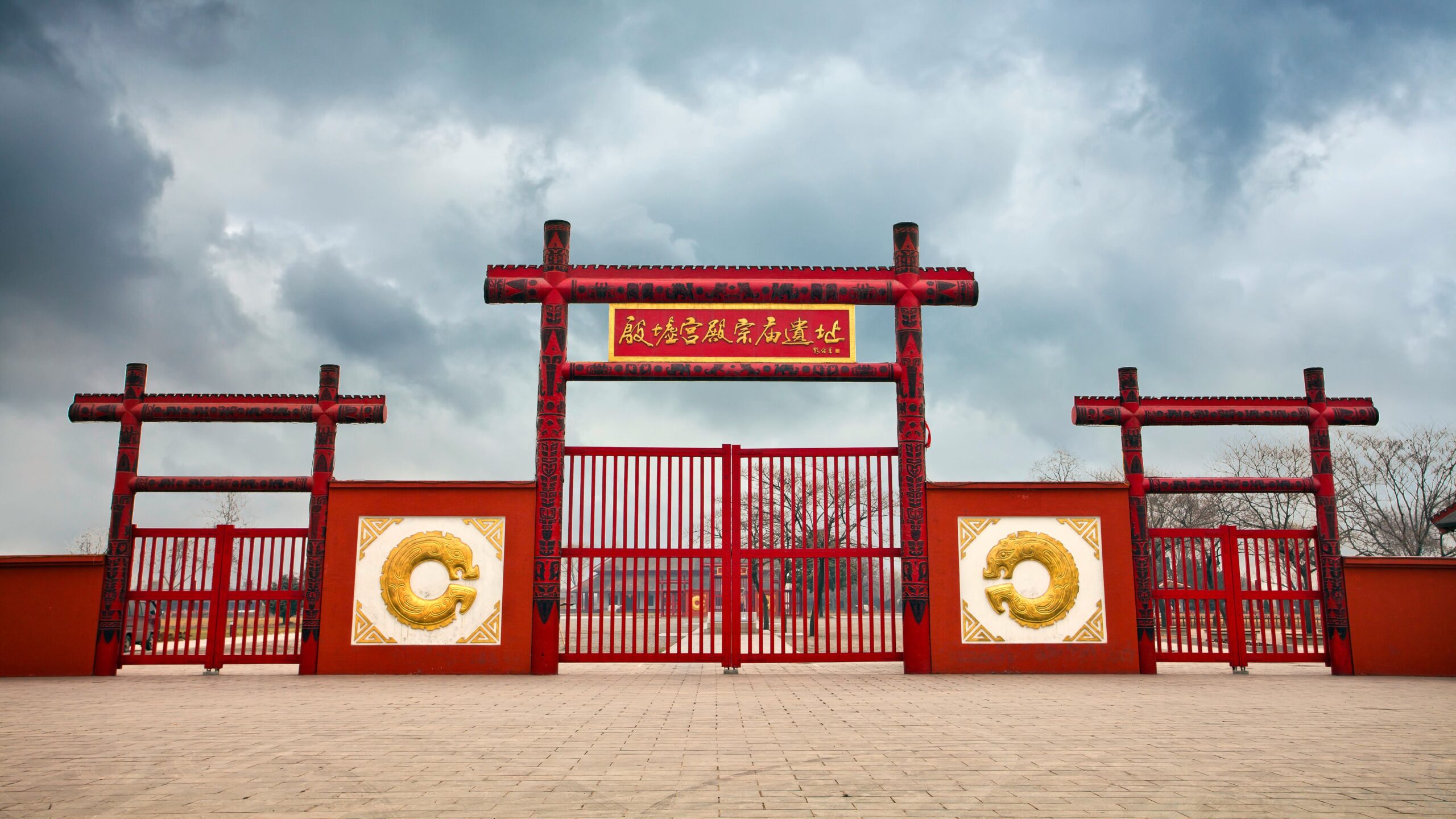Welcome to Facts Vibes! Today, we delve into the fascinating world of the Shang Dynasty. Uncover intriguing and fun facts about one of the earliest dynasties in Chinese history. Join us as we explore the remarkable achievements and cultural innovations of this ancient civilization.
The Fascinating Legacy of the Shang Dynasty
The Shang Dynasty holds a fascinating legacy in the context of ancient Chinese civilization. Its achievements in bronze casting, oracle bone script, and complex social structure have left an indelible mark on the development of Chinese culture. The longevity of the Shang Dynasty contributed to the consolidation of traditions and the establishment of a sophisticated societal framework. Its intricate ritual practices and elaborate burial customs reflect a society deeply concerned with spiritual beliefs and the afterlife. The artifacts and inscriptions left behind by the Shang Dynasty provide valuable insights into their technological prowess and religious fervor, shedding light on the intricacies of ancient Chinese life. The enduring impact of the Shang Dynasty resonates through the ages, serving as a testament to human ingenuity and the ability to create lasting legacies.
Most popular facts
The Shang Dynasty was the first recorded Chinese dynasty and lasted from around 1600 to 1046 BCE.
The Shang Dynasty was the first recorded Chinese dynasty and lasted from around 1600 to 1046 BCE.
It was known for its advances in bronze casting, with intricate designs and inscriptions on ritual vessels.
The civilization was known for its advances in bronze casting, with intricate designs and inscriptions on ritual vessels.
Oracle bones were used for divination during the Shang Dynasty, making it one of the earliest forms of Chinese writing.
Oracle bones were used for divination during the Shang Dynasty, making it one of the earliest forms of Chinese writing.
The Shang Dynasty practiced human sacrifice, with victims buried near rulers’ tombs to accompany them in the afterlife.
Yes, the Shang Dynasty practiced human sacrifice, with victims buried near rulers’ tombs to accompany them in the afterlife.
The capital city of the Shang Dynasty, Yin, is considered one of the largest Bronze Age archaeological sites in China.
The capital city of the Shang Dynasty, Yin, is considered one of the largest Bronze Age archaeological sites in China.
Shang rulers were buried in elaborate tombs filled with precious items, indicating a belief in the afterlife.
Shang rulers were buried in elaborate tombs filled with precious items, indicating a belief in the afterlife.
The Shang Dynasty society was highly stratified, with a ruling elite and a class of commoners and slaves.
The Shang Dynasty society was highly stratified, with a ruling elite and a class of commoners and slaves.
The dynasty utilized chariots and bronze weapons in warfare, demonstrating military advancements.
The dynasty utilized chariots and bronze weapons in warfare, demonstrating military advancements.
Ancestor worship and divination played significant roles in Shang religious practices.
Ancestor worship and divination played significant roles in Shang religious practices.
The Shang Dynasty had a complex system of writing, as seen in oracle bone inscriptions.
The Shang Dynasty had a complex system of writing, as seen in oracle bone inscriptions.
The dynasty experienced frequent conflict with neighboring tribes and states.
The dynasty experienced frequent conflict with neighboring tribes and states.
Shang artwork often depicted animal motifs and mythical creatures, reflecting their belief system.
Shang artwork often depicted animal motifs and mythical creatures, reflecting their belief system.
The economy of the Shang Dynasty was based on agriculture, with millet, wheat, and rice as staple crops.
The economy of the Shang Dynasty was primarily based on agriculture, with millet, wheat, and rice as staple crops.
The Shang Dynasty traded extensively with regions such as Central Asia and the Korean Peninsula.
The Shang Dynasty traded extensively with regions such as Central Asia and the Korean Peninsula.
The downfall of the Shang Dynasty is attributed to internal rebellion and invasion by the Zhou Dynasty.
The downfall of the Shang Dynasty is attributed to internal rebellion and invasion by the Zhou Dynasty.
In conclusion, the Shang Dynasty was a fascinating period in ancient China, filled with intriguing facts and innovations that continue to captivate historians and enthusiasts alike. Exploring the cultural, technological, and societal advancements of this era provides valuable insights into the foundations of modern Chinese civilization. The legacy of the Shang Dynasty endures as a testament to the enduring impact of this remarkable ancient civilization.
